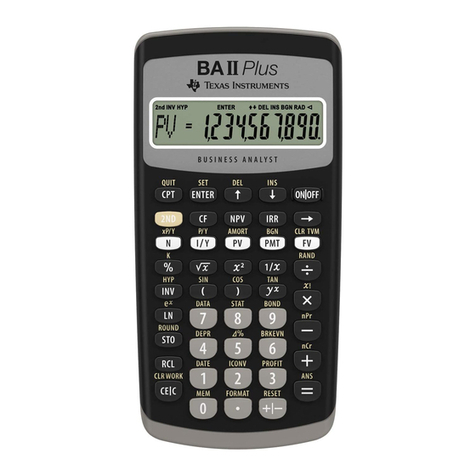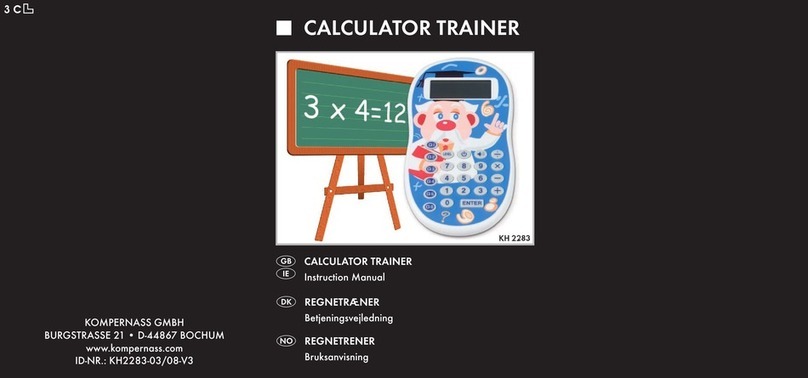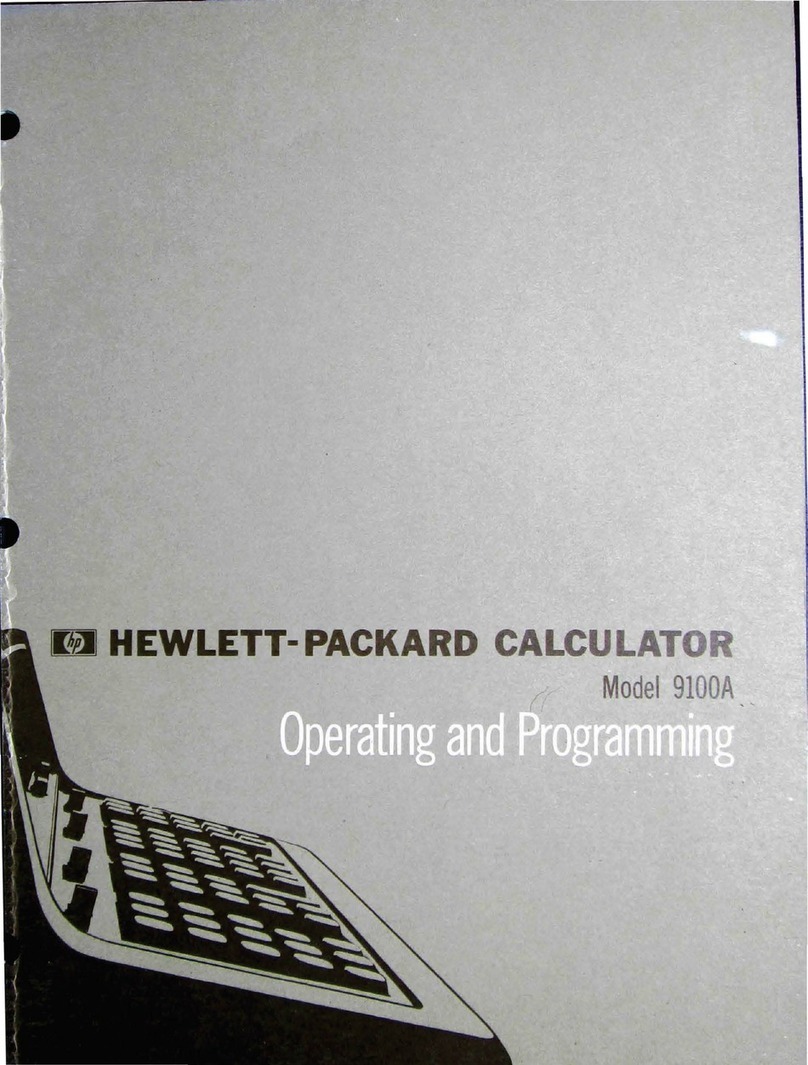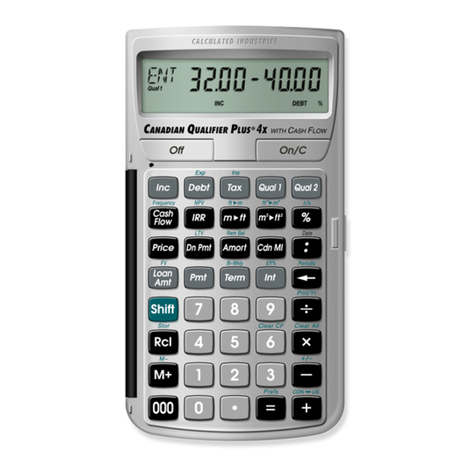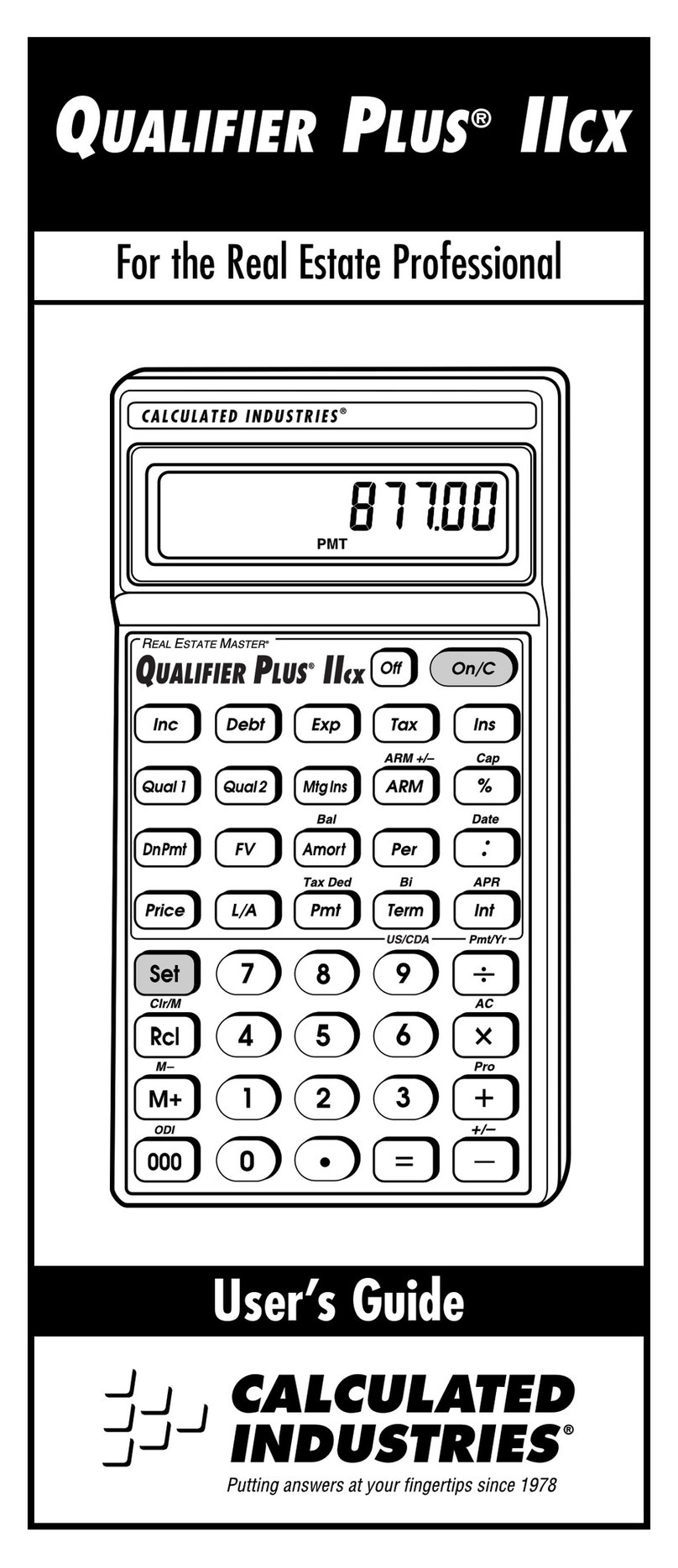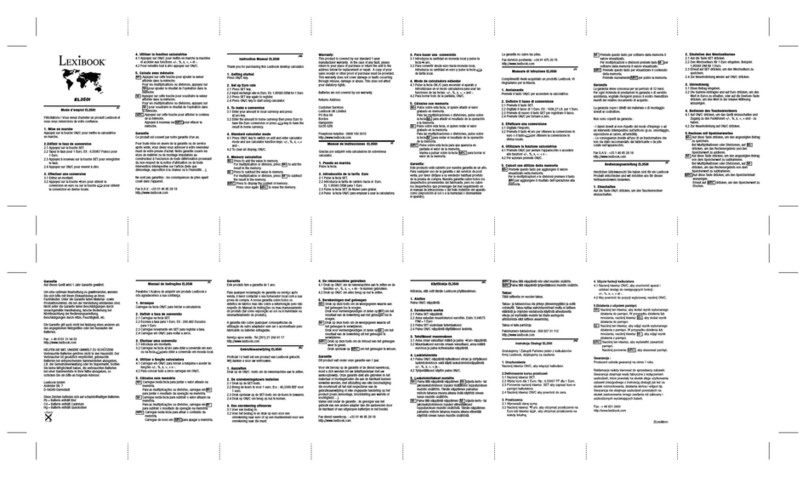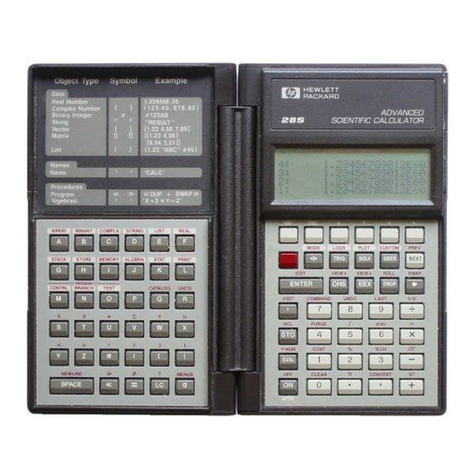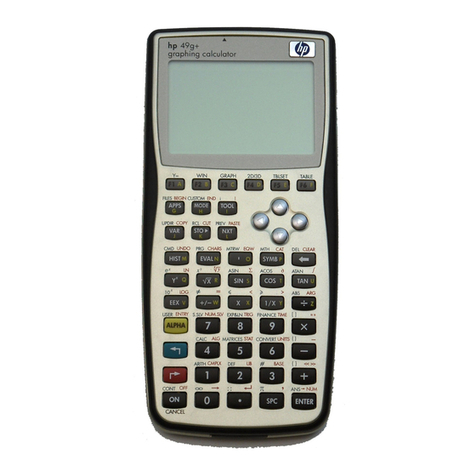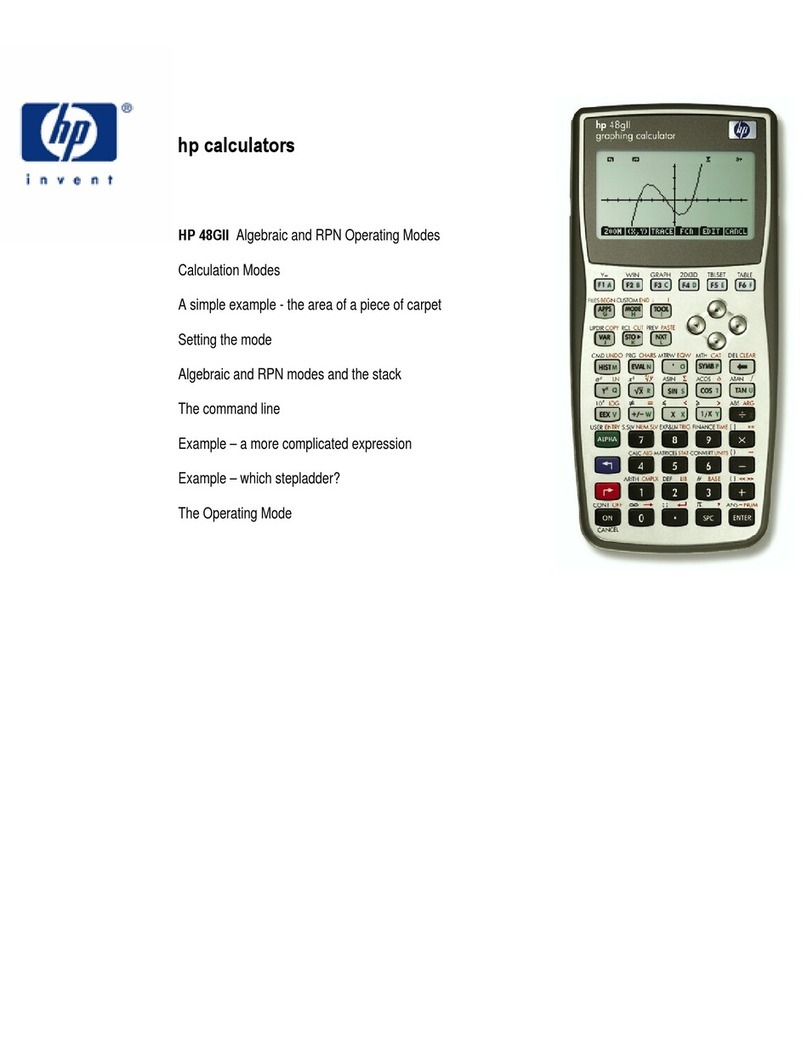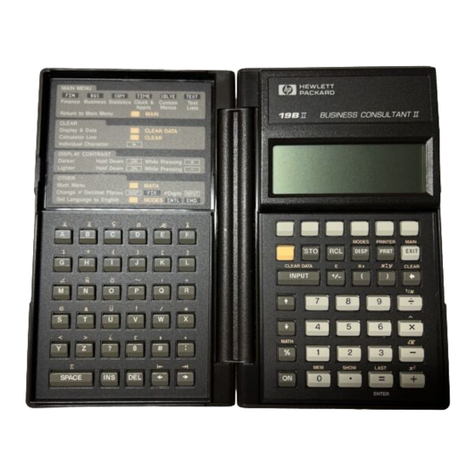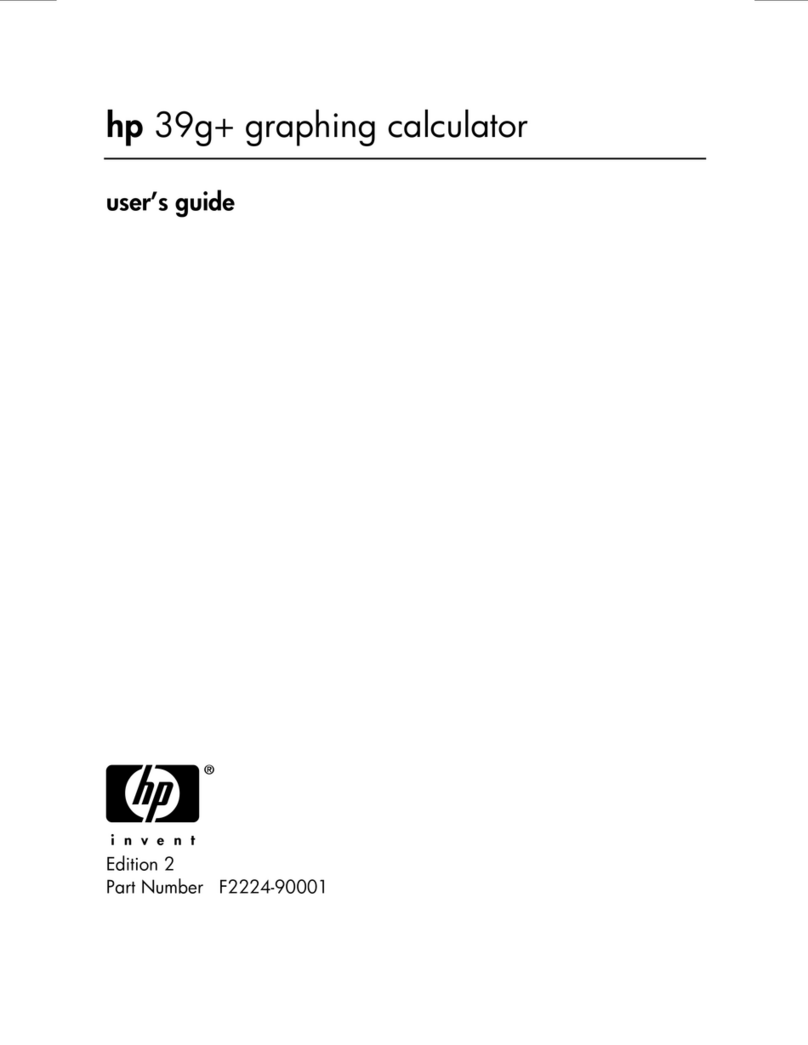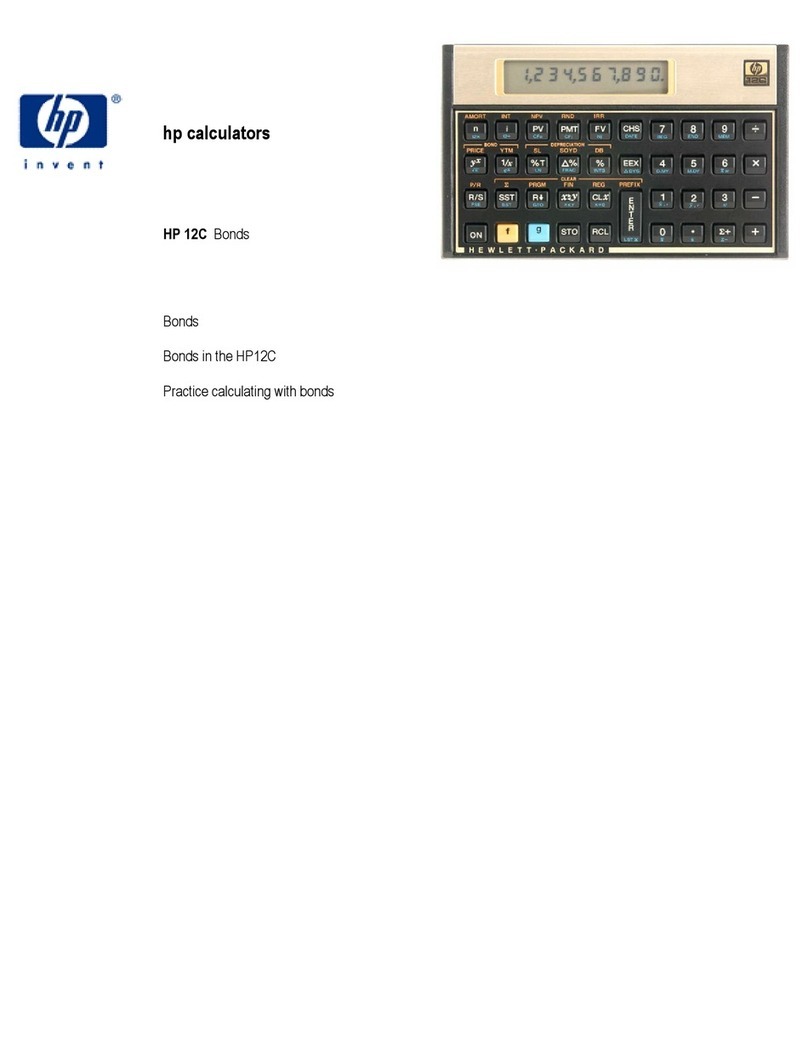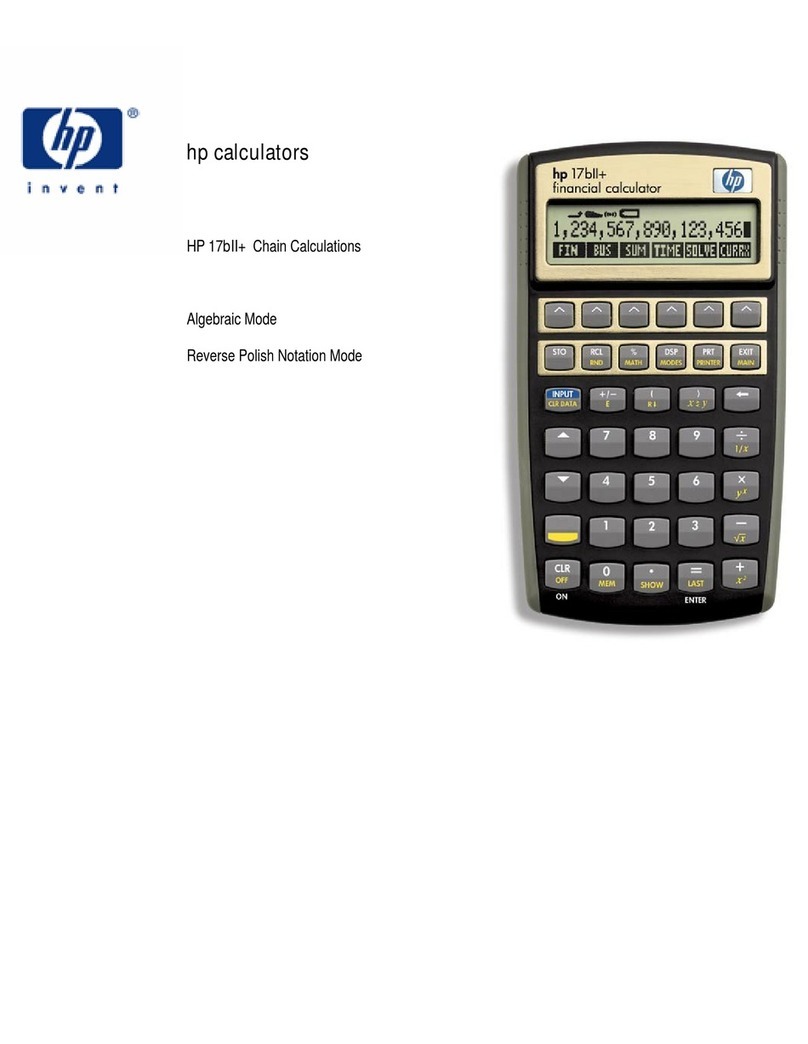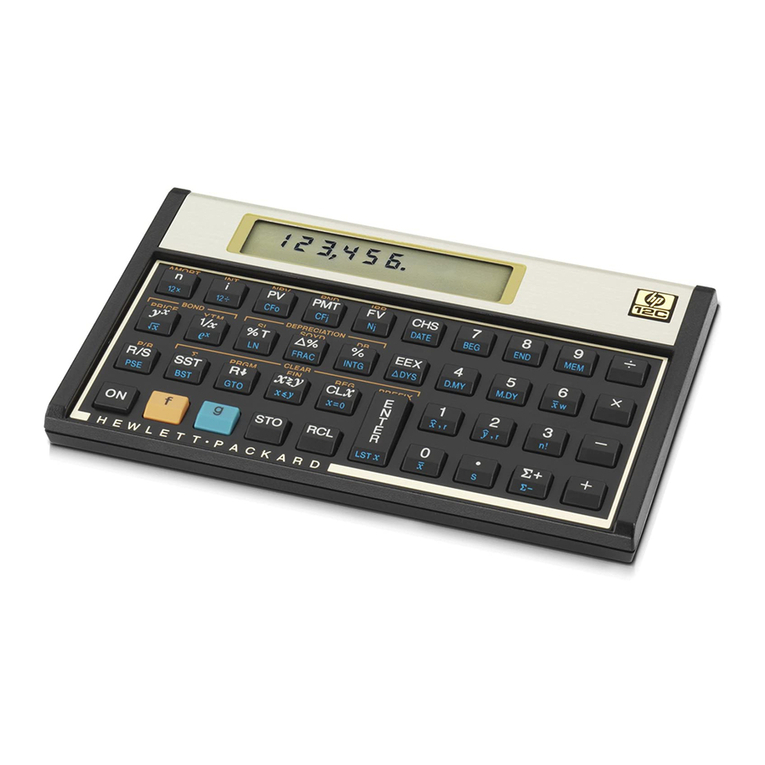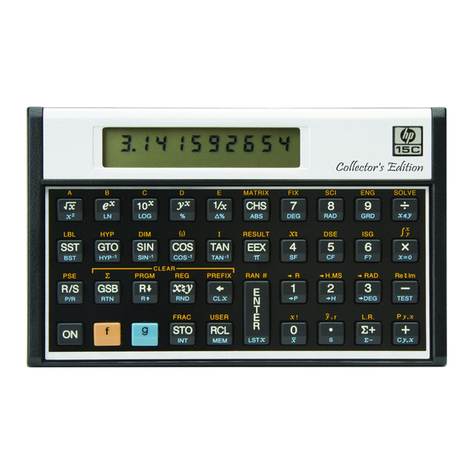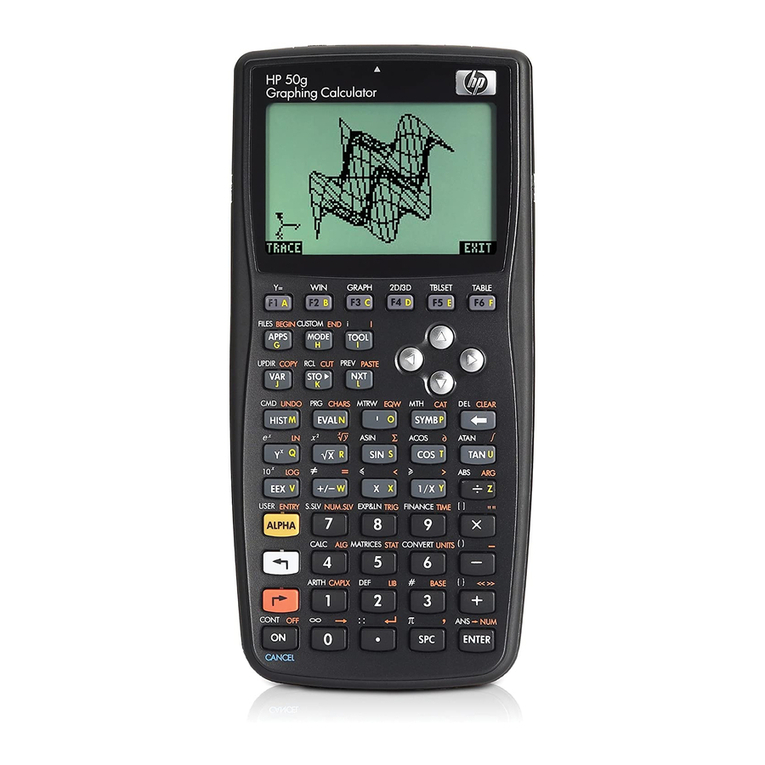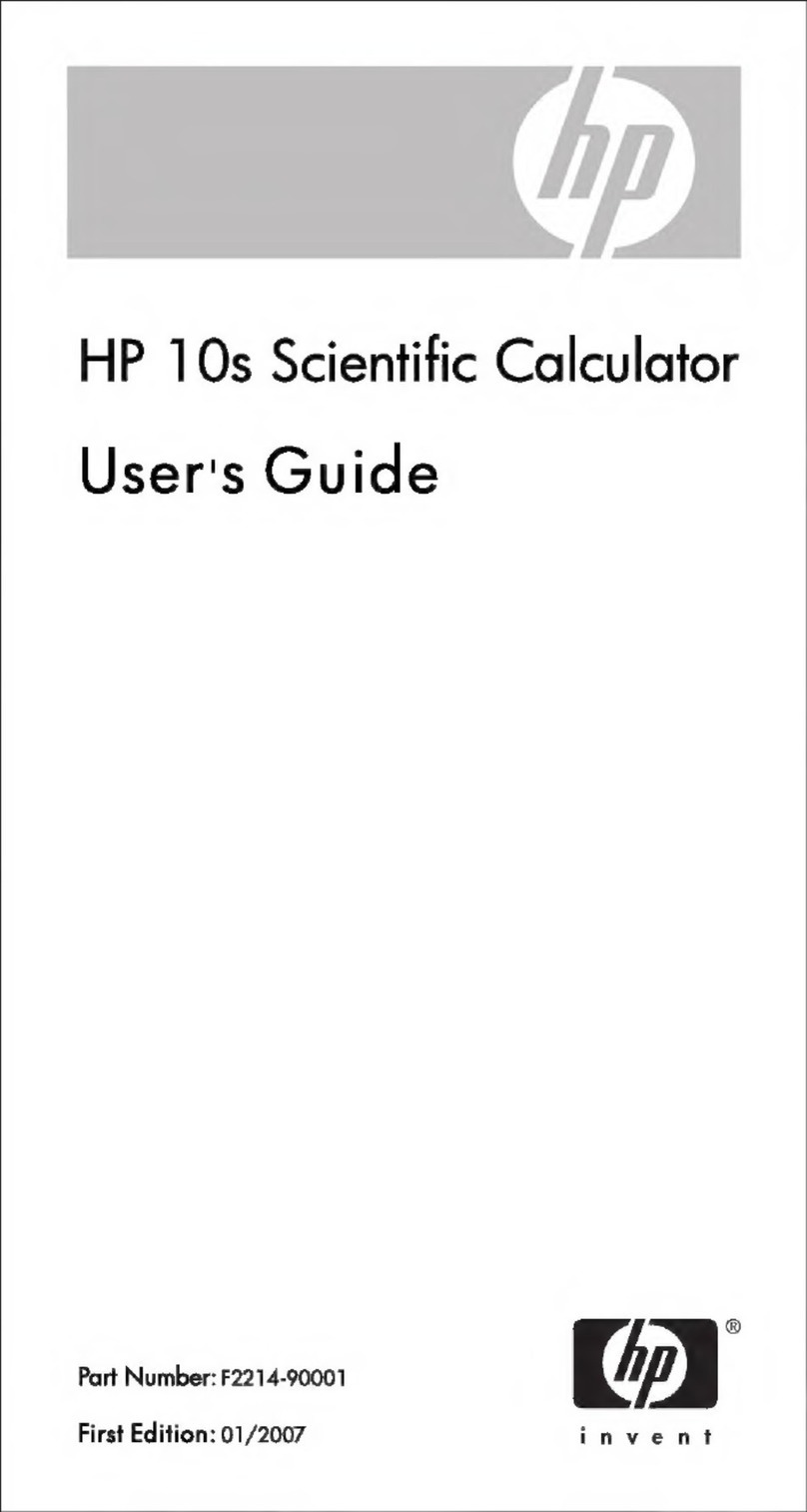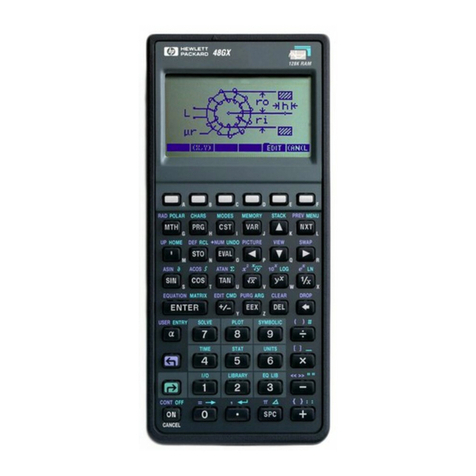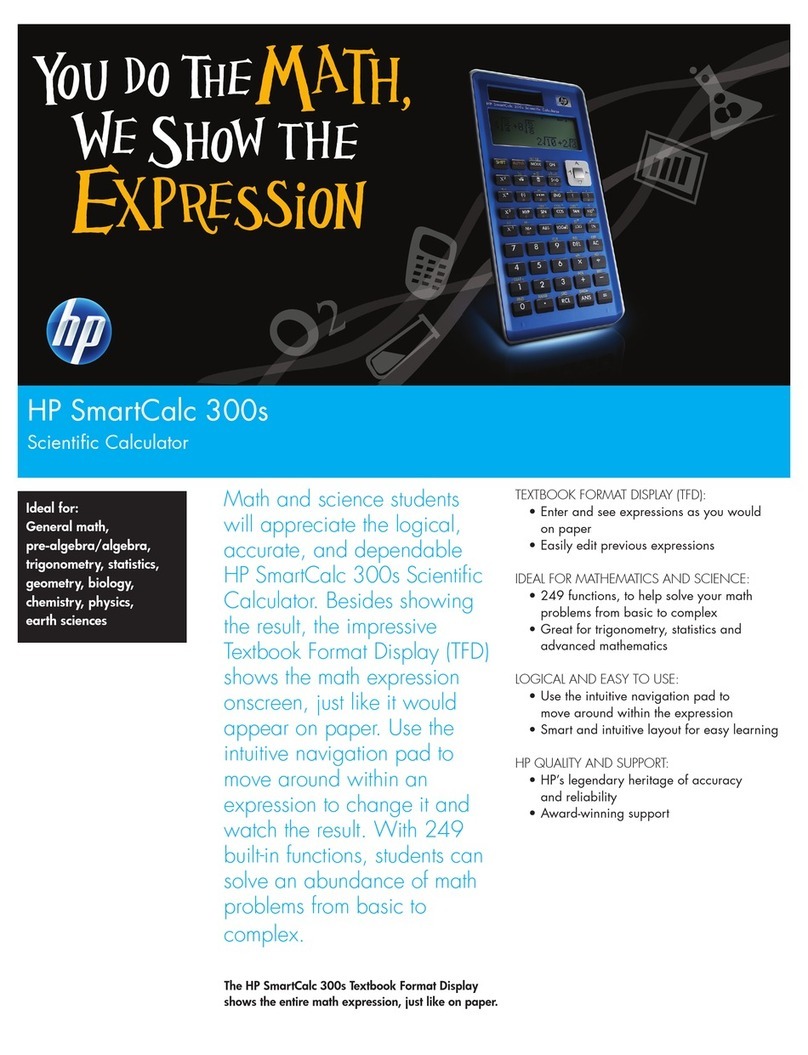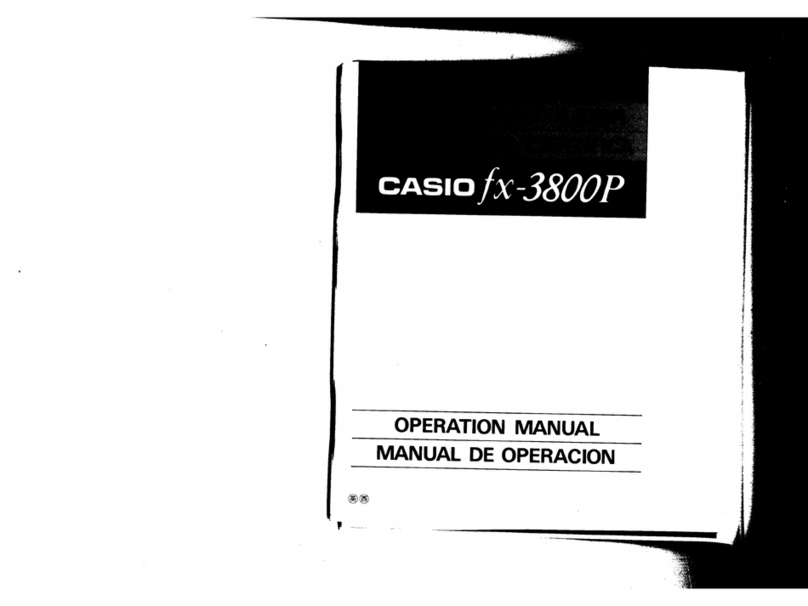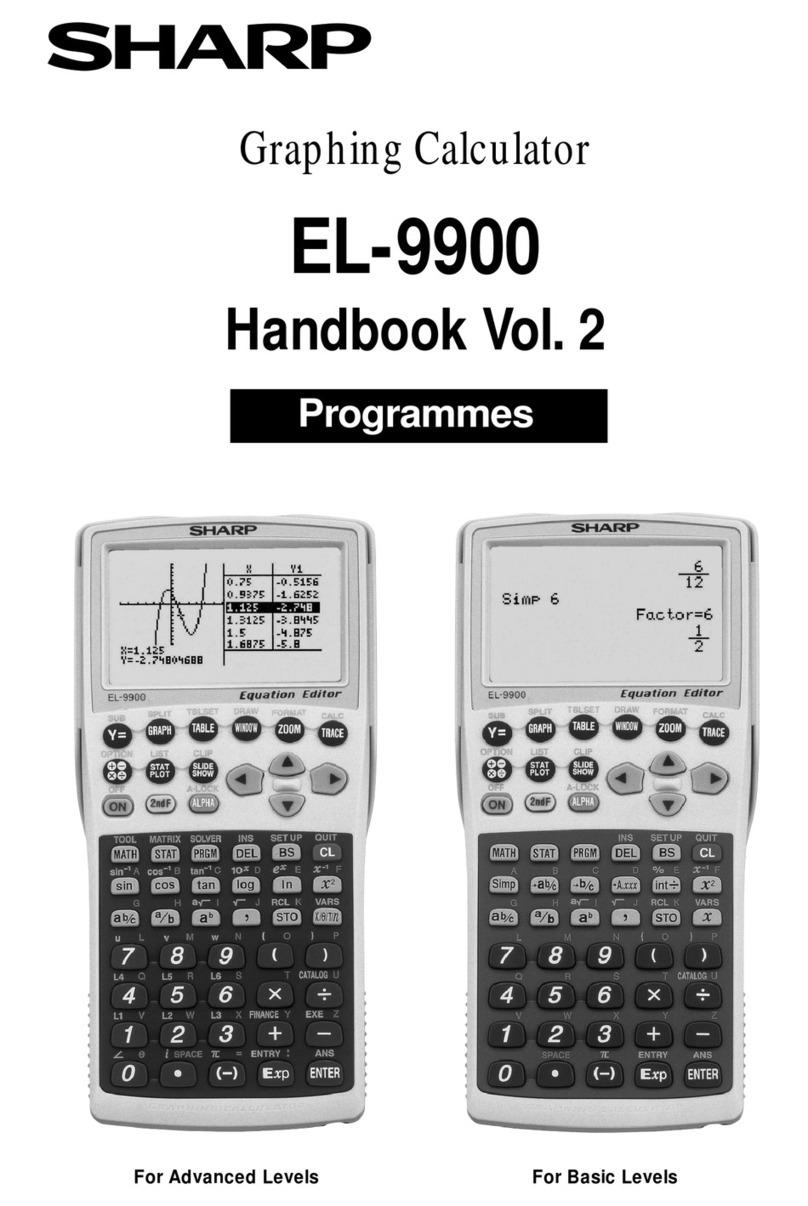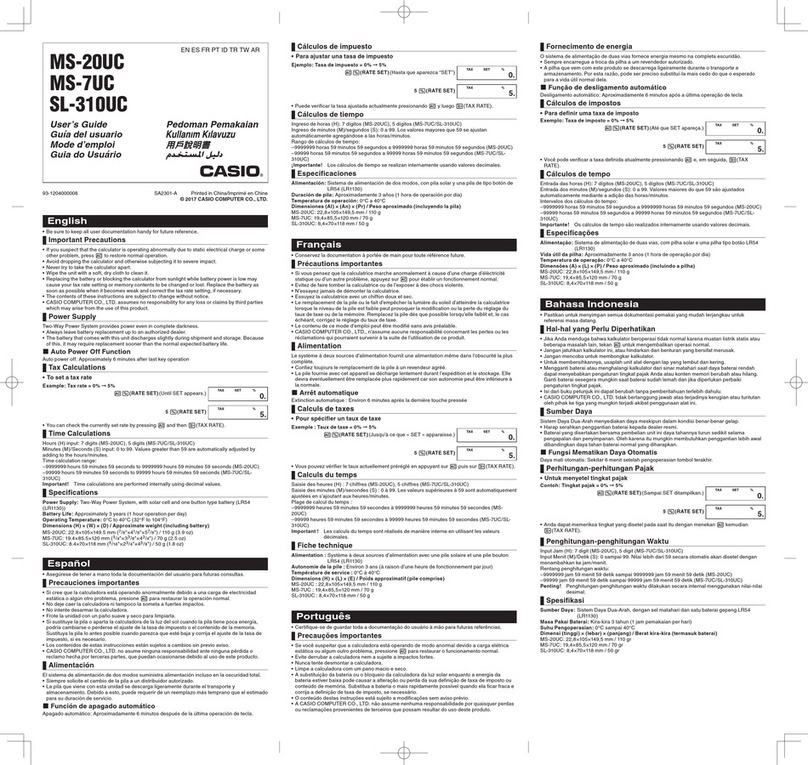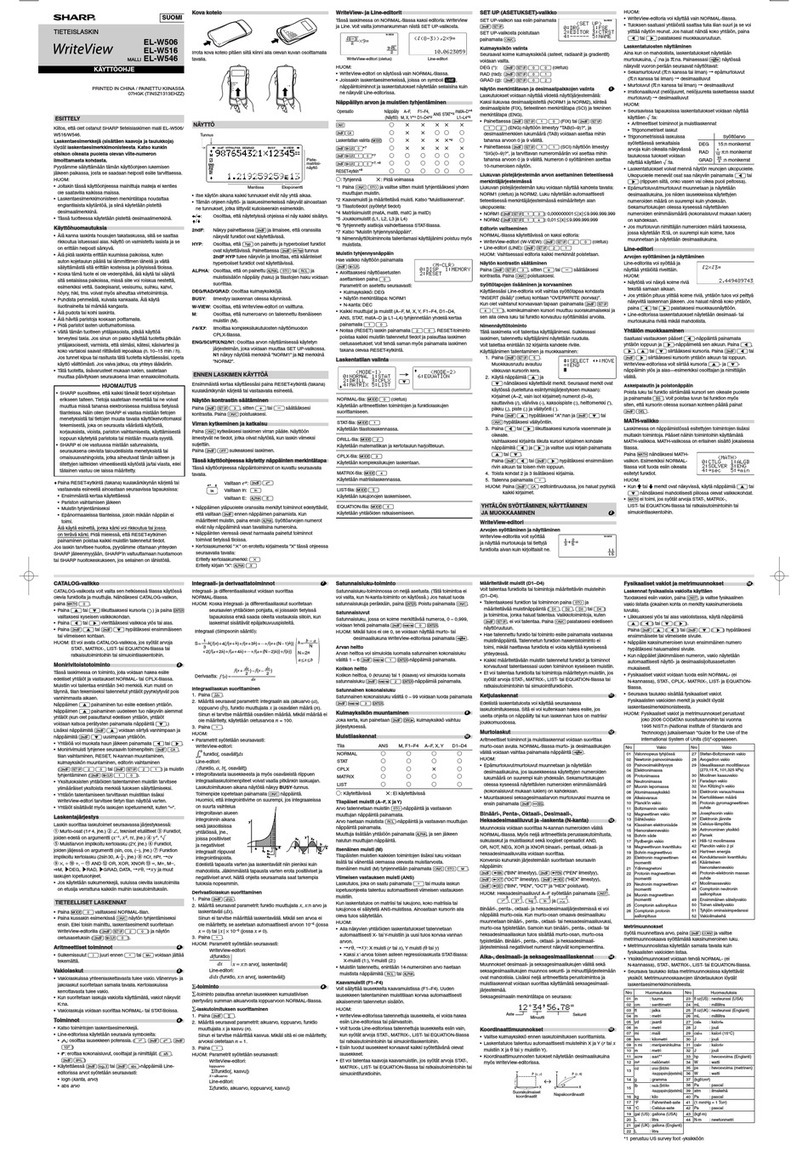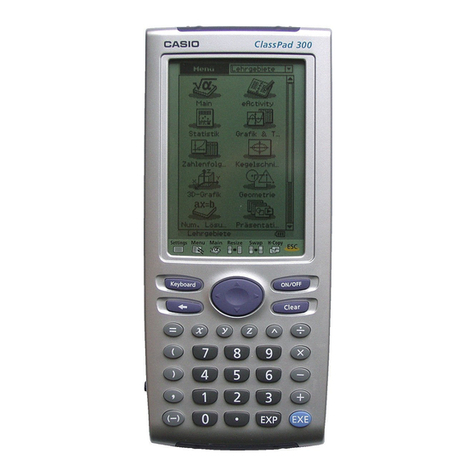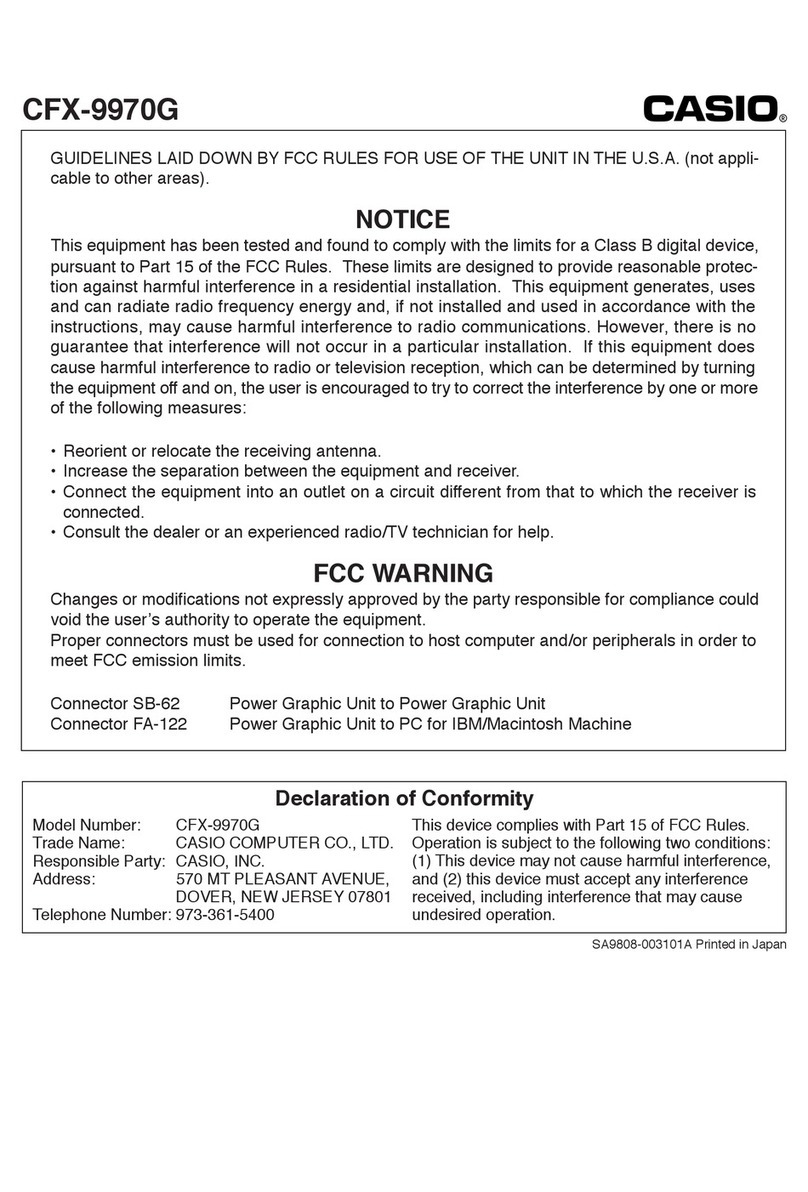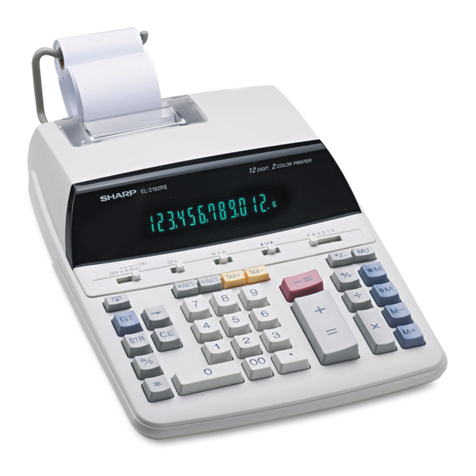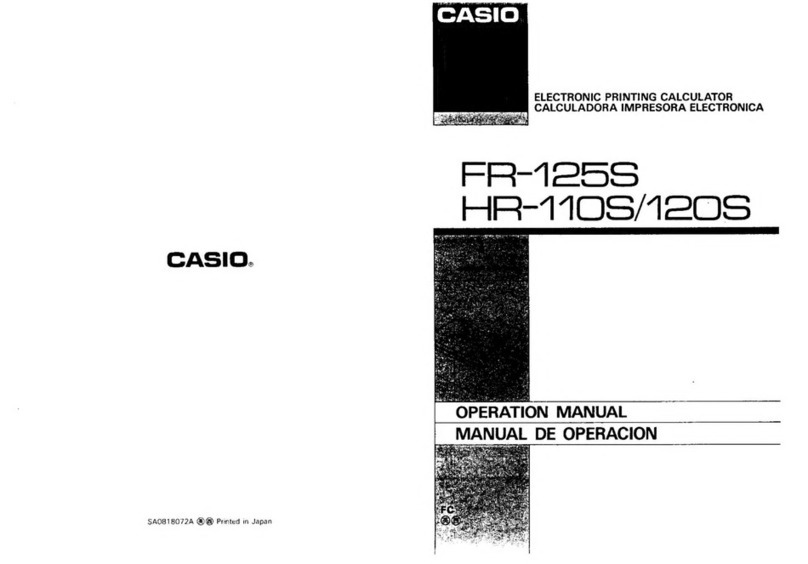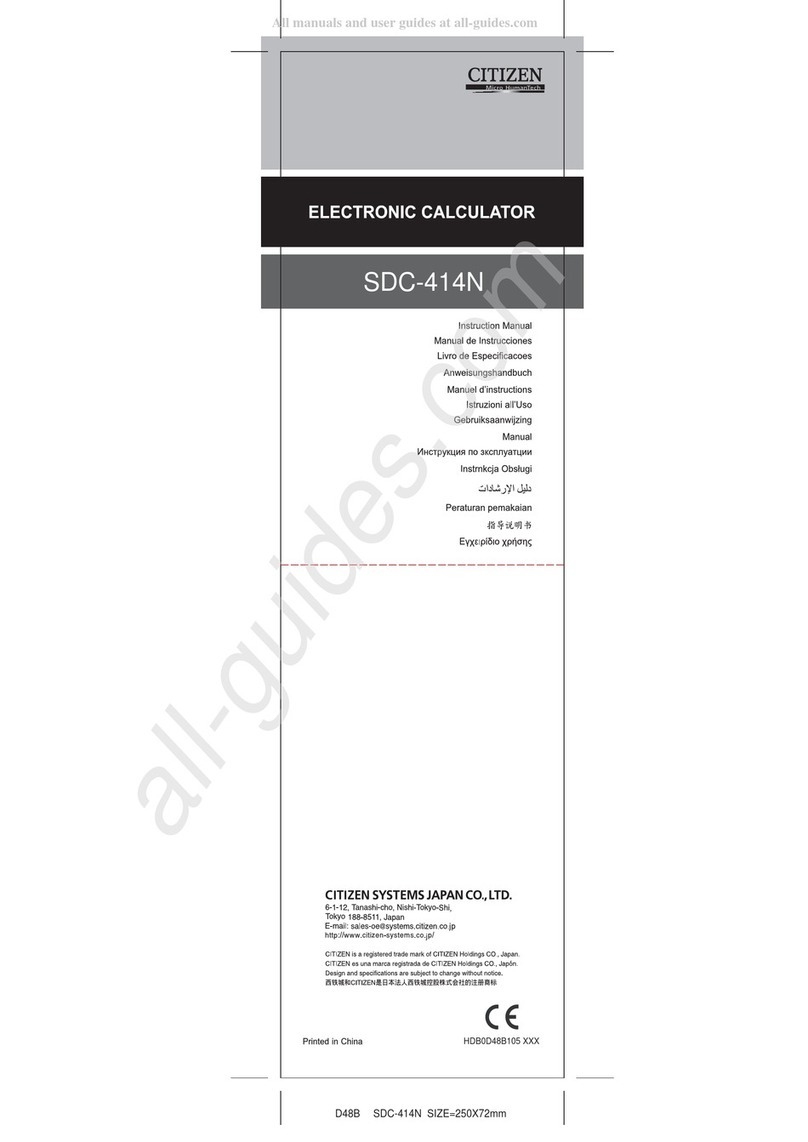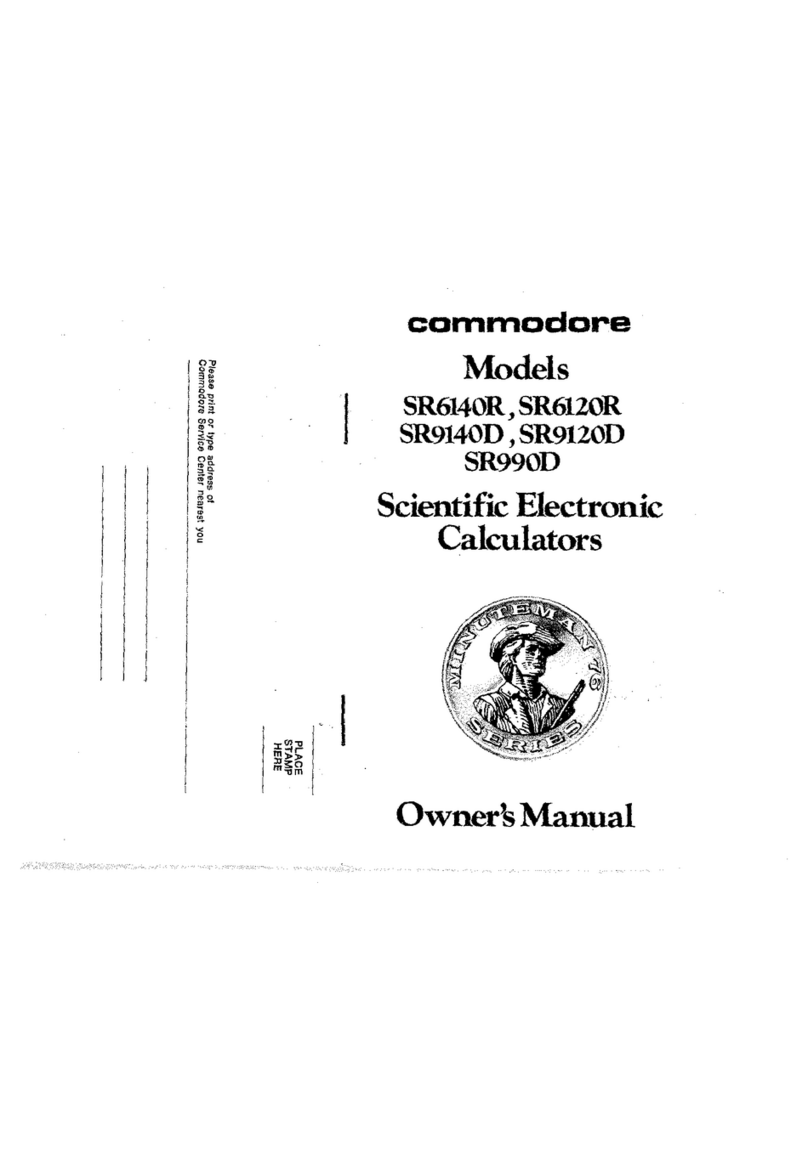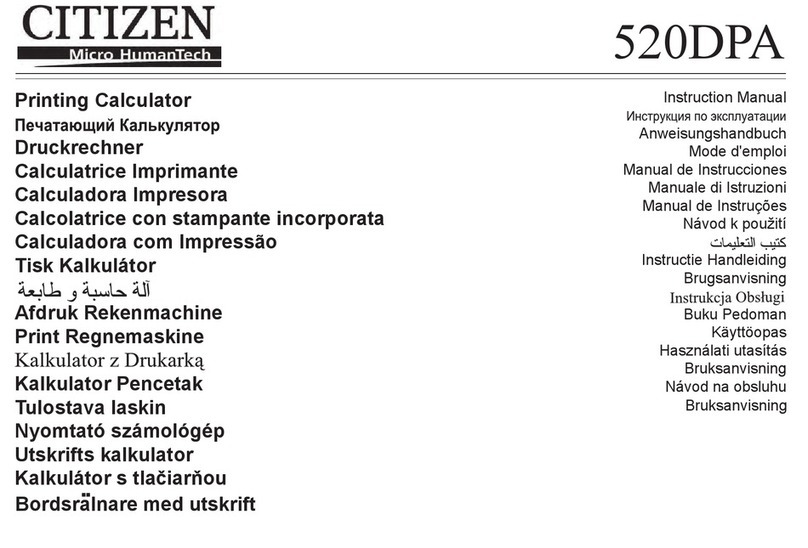Once the aplet is chosen, you need to nominate the column from which to import the data. The default is column C1, which is what
we want in this case.
Enter the population mean of Mu = 50, and check that the test level is correct at 0.05 (5%).
Figure 9
Changing to the NUM view will show the inferential values in numeric form. The test Student-t value is
given as 2.392 and the probability of obtaining such a value as 0.0272. The critical t values for this
test level of 5% are given as ± 2.093 and the critical boundaries for the sample mean as 48.86 and
51.14.
Figure 10 Figure 11
The same information can be seen in the PLOT view. The critical range for the t values is shown above, while the equivalent critical
sample mean range is below. The test value for the Student-t and the sample mean are listed in the middle of the screen and the
rough position of these values is shown by a vertical line in both the upper and lower diagrams. The regions for rejection of the null
hypotheses are shown at the very top of the screen by the <-R and R->.
In this case it is clear that the null hypothesis should be rejected, with less than a 5% chance of this rejection being incorrect. The
alternate hypothesis that the mean is not 50 should be accepted. Of course in this case, despite some boxes containing less than 50
matches, the actual mean seems to be above 50 so we can hardly condemn the company for putting more matches in the boxes
than they need to!
Does my data prove my theory?
A teacher has developed a new teaching technique for hearing-impaired students which he believes is producing significantly better
results. He wishes to publish a paper on this and needs to check his results statistically.
A standardized test is available for which it is known that the normal performance of hearing-impaired students at the same stage of
study has a mean of 53.6% and a standard deviation of 12.2%.
When he applies this test to his class of 23 students their scores are shown below. The teacher believes that this data shows that
his students are scoring significantly better and wishes to test this at a 5% confidence level.
Test results: {57, 72, 42, 50, 55, 58, 59, 38, 45,53, 77, 57, 52, 69, 50, 55, 59, 68, 62, 63, 53, 56}
